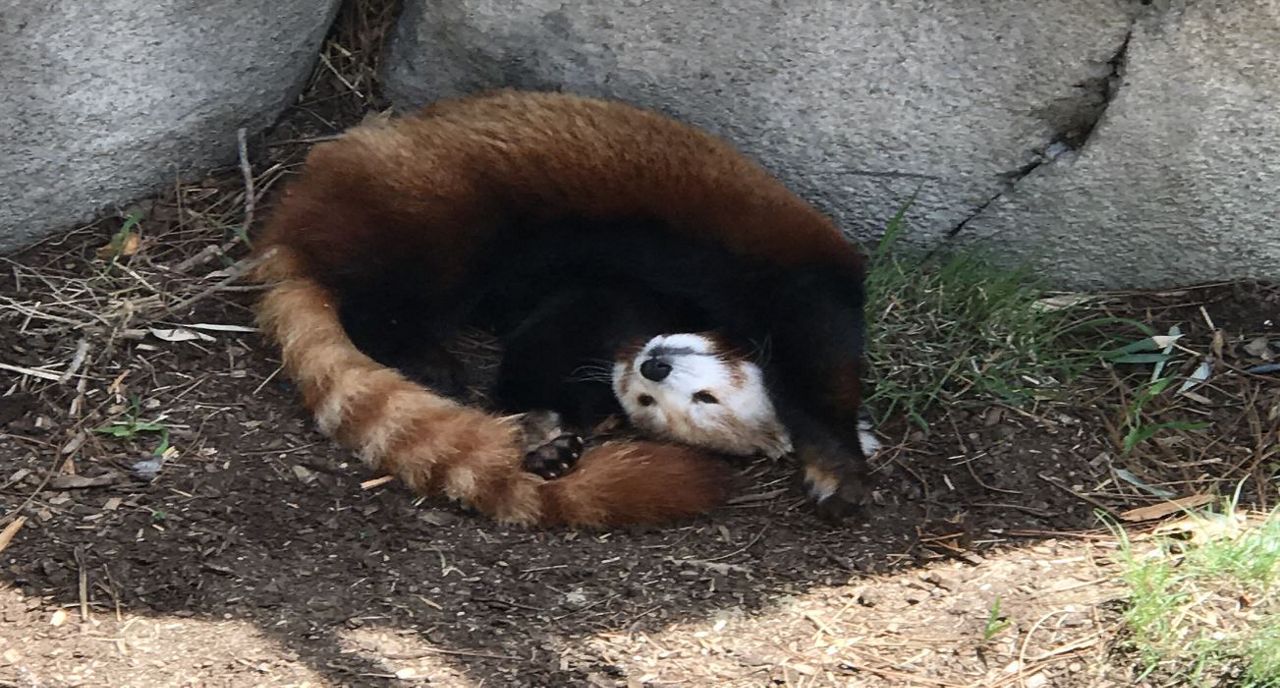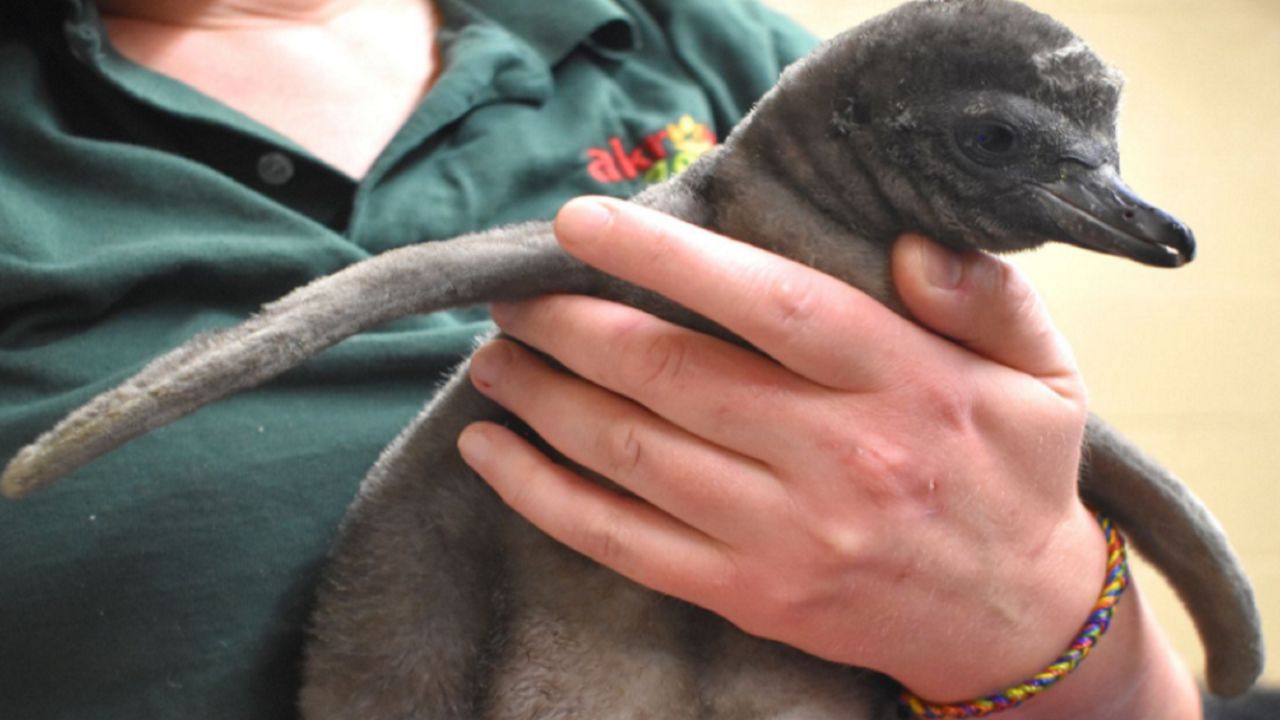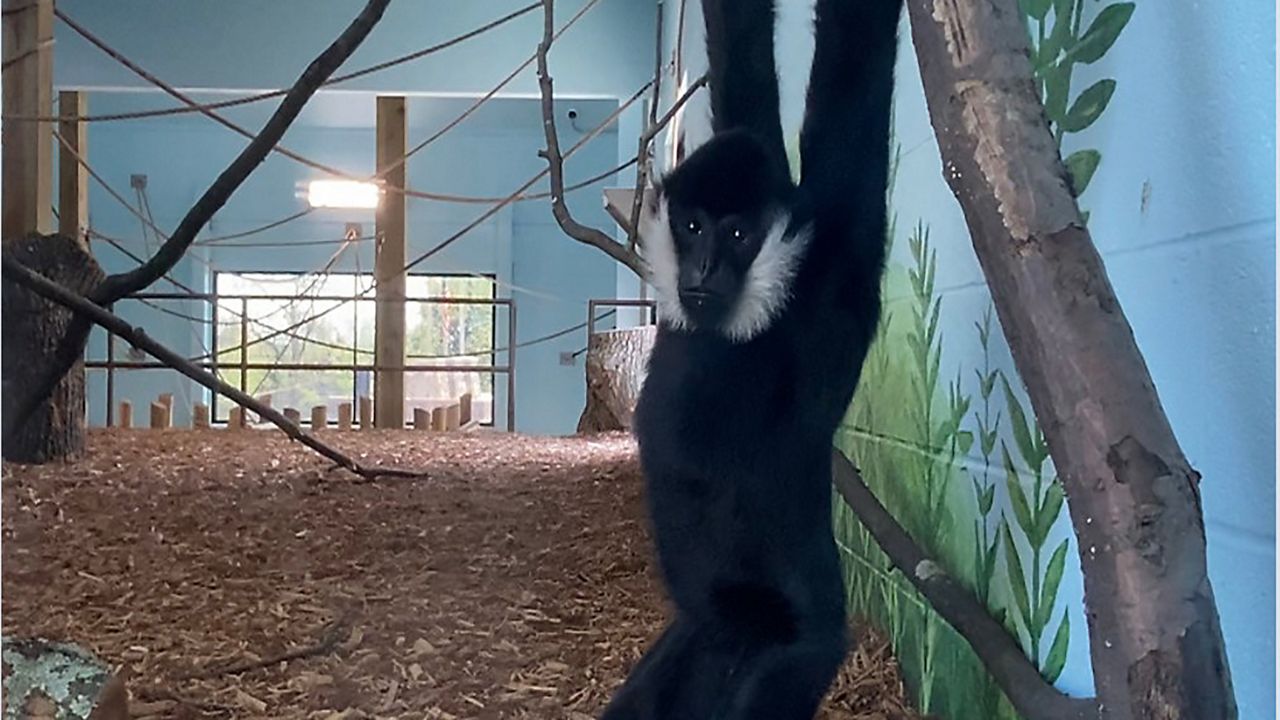AKRON, Ohio — The Akron Zoo will open the doors to its new Lehner Family Foundation Wild Asia exhibit on Saturday, May 29.
What You Need To Know
- The Akron Zoo will open the doors to its new Lehner Family Foundation Wild Asia exhibit on Saturday, May 29
- The three featured species in the exhibit are critically endangered Sumatran tigers, red pandas and white-cheeked gibbons
- As part of individual species survival plans, the zoo aims to create genetically diverse populations in safety
- Rain forest habitats around the world are diminishing, many destroyed for palm-oil harvesting
The three featured species in the exhibit - Sumatran tigers, red pandas and white-cheeked gibbons — are all critically endangered, meaning they are at risk of becoming extinct in the wild, said zoo spokeswoman Elena Bell.
Wild Asia features an expanded habitat for Sumatran tigers, which are estimated to number fewer than 300 in the wild, the zoo said. Akron’s male tiger, Eko, came from the Oklahoma City Zoo. Diburu, a female, is from San Diego Safari Park. The cats’ habitats are separate to enable them to enjoy the solitude they prefer, and keep them safe from poachers who hunt them for their pelts.
Three one-year-old red panda sisters in Wild Asia are named Coco, Lulu and Penny. The triplets came from the Kansas City Zoo, and have been featured on the zoo’s popular web series, Panda Palace for the last several months.
Akron Zoo supports the work of the Red Panda Network, which aims to protect the pandas from being hunted and sold as pets, Bell said.
Two white-cheeked gibbons swing and romp around a multi-level habitat. The bonded pair of gibbons, Milo and Parker, are from the Cheyenne Mountain Zoo in Colorado. They live in one of the largest and most innovative habitats for gibbons at a northern zoo, with indoor and outdoor areas and a treehouse, Bell said.
Protection of the species is part of the zoo’s accreditation by the Association of Zoos and Aquariums (AZA) and its involvement with AZA zoos around the world participating in Species Survival Plans.
The long-term goal of the survival plans is to eventually return endangered animals back into their natural habitats, Bell said.
“But before we can start reintroducing animals, we have to solve the problem of what is making them endangered in the first place,” she said. “So that's why we support field conservation organizations that are working in the native habitat to solve the problems and work with people.”
A common problem affecting all these animals is habitat loss, in part, through destruction of their natural habitats in rain, Bell said. The rain forests around the world are diminishing as they are destroyed to for palm-oil harvesting.
“So we’re trying to teach people about palm oil and how it's literally in everything,” she said.
Palm oil is an edible vegetable oil from the fruit of the African oil palm tree, and is estimated to be in about 50 percent of food items at the grocery stores, according to the Cheyenne Mountain Zoo.
The Cheyennne Mountain Zoo offers an app to scan ingredient lists at the store to learn whether they are made with palm oil, she said. The goal is to reduce destruction of rain forests.
The Akron Zoo actively participates in nearly 50 species survival programs.
“So what we're trying to do is create this genetically diverse population in zoos,” Bell said. “And then thinking 100 years down the road to have this large, genetically diverse population that can hopefully be released. So we're trying to think long term here.”
To learn more about the zoo’s Wild Asia exhibit, visit the Akron Zoo website.









